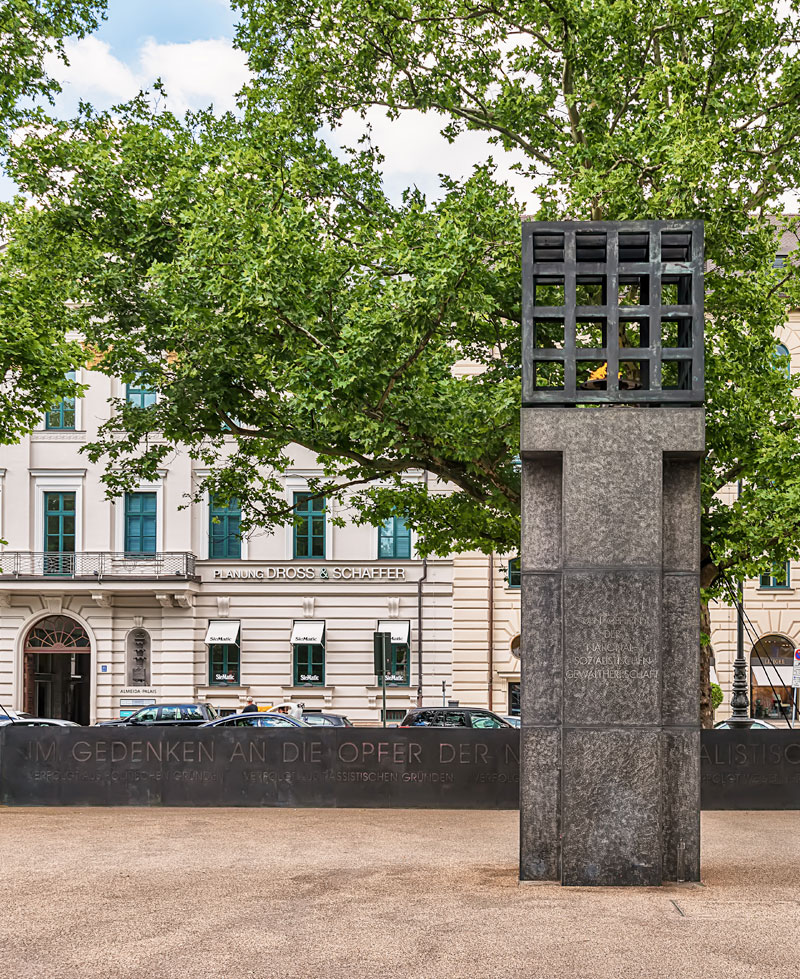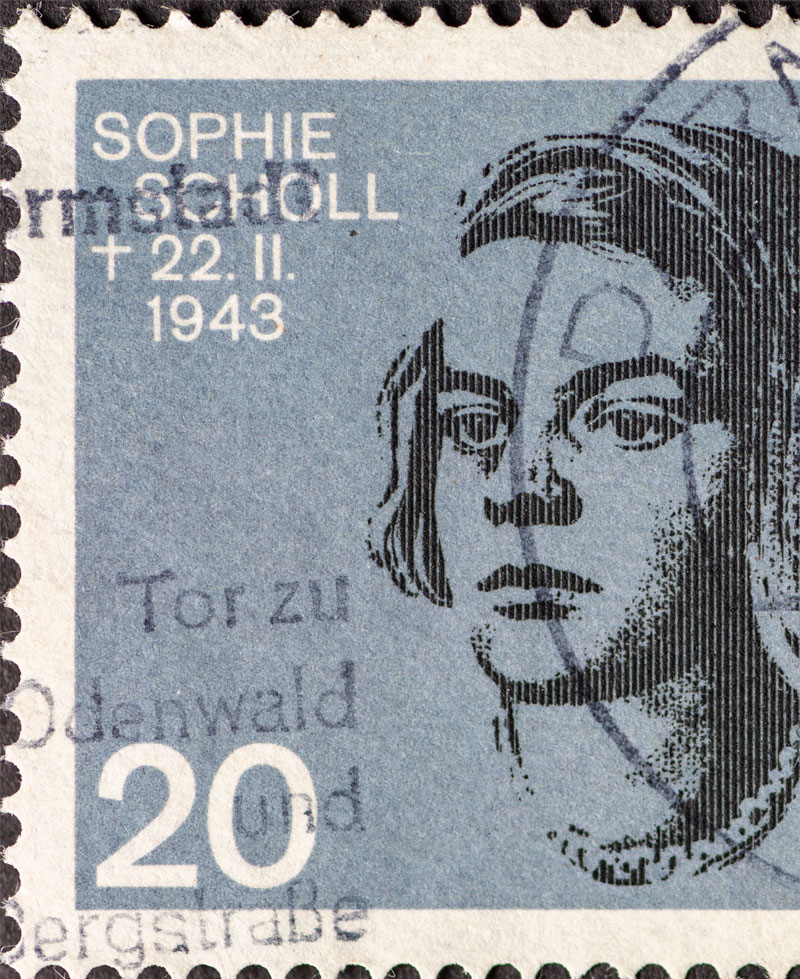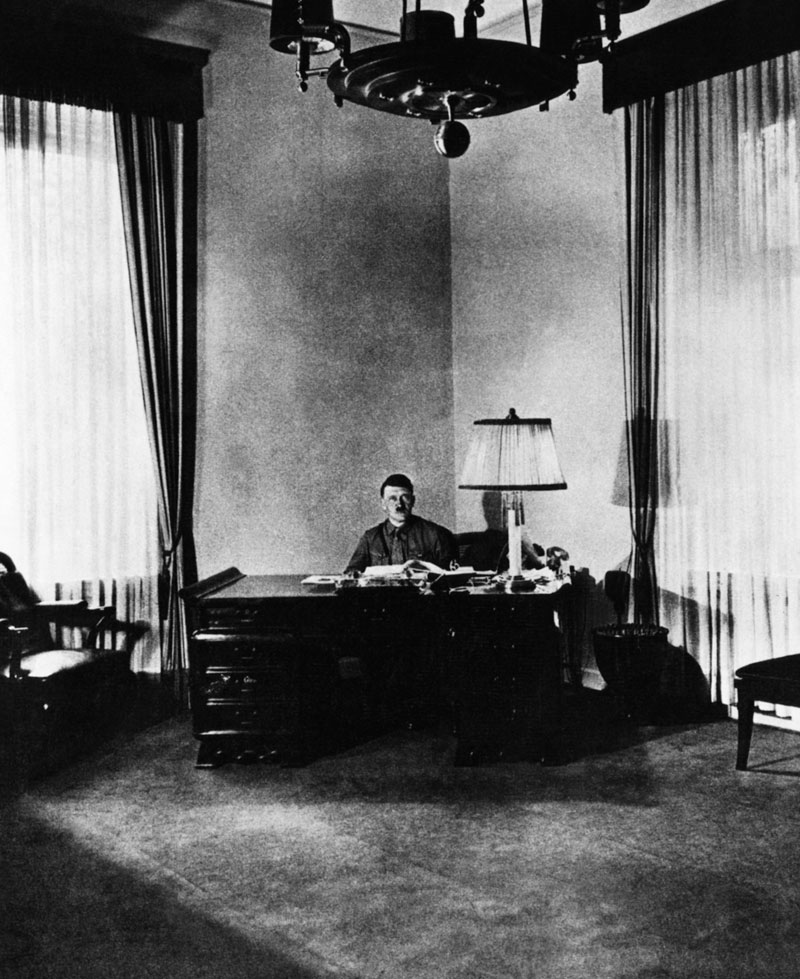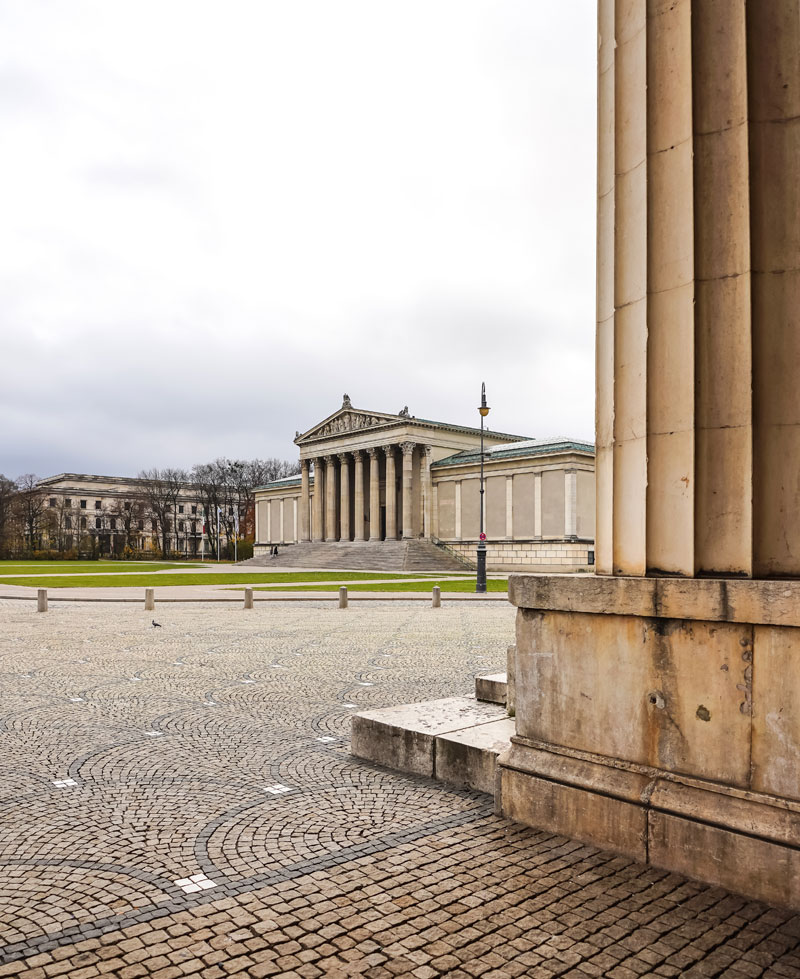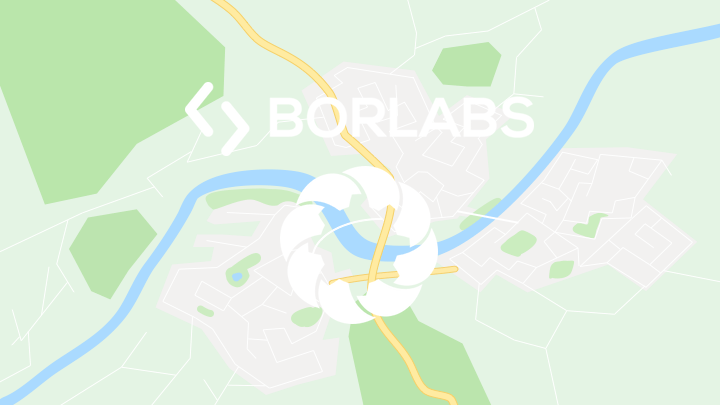THE CITY IN NATIONAL SOCIALISM
MUNICH – “CAPITAL OF THE MOVEMENT”
| Visit historic sites of German history between 1919 and 1939. Architectural monuments such as the Feldherrnhalle, the "Haus der Kunst" (House of Art), and the former "Führerbau" (Führer Building) still shape Munich's appearance today. | |
 |
Immerse yourself in one of the darkest chapters in the city's history, which began in Munich between Marienplatz, Odeonsplatz and Königsplatz. |
|
Learn what role the city played in the rise of the Nazi Party and how it deals with this past today. |
Impressions
Description:
Like few other cities, Munich is linked to the emergence and rise of National Socialism, which ultimately earned it the honorary title of "Capital of the Movement" in 1935. On this tour through the expanded city center, Adolf Hitler's career can be traced almost chronologically at historic sites such as the Hofbräuhaus and the Feldherrnhalle. It is embedded in the social and political structures of the Munich Soviet Republic, the Weimar Republic, and National Socialism. Naturally, we will also examine the fate of various groups of victims, examine the resistance against the regime, and explore how the city is confronting its past today. Despite the difficult subject matter, this is a varied and informative journey through time! Read more
Whether it was the founding of the German Workers' Party (DAP), the renaming of the party to the Nazi Party (NSDAP) at the Hofbräuhaus, or the failed coup attempt, which was subsequently glorified for propaganda purposes as the "March on the Feldherrnhalle," many important events on Adolf Hitler's path to power took place in Munich. And even after 1933, the city remained of central importance to the party. The buildings around Königsplatz, such as the former NSDAP party headquarters and the former "Führerbau," are testament to this. Unlike the so-called "Temples of Honor," where National Socialist hero worship was practiced, both buildings survived the destruction of the war or at the hands of the Allies and today serve as silent witnesses to the past, even if they are now used for much more gratifying purposes.
Of course, we will also address the various victim groups – the "Eternal Flame" at the "Square of the Victims of National Socialism" offers a good opportunity for this. And we will learn what happened on Kristallnacht in Munich. It is also important to me to give a voice to those who courageously stood up against the tyranny at that time, often risking their own lives in the process, such as the members of the "White Rose" resistance group or Georg Elser. He attempted to neutralize the dictator Hitler by planting a bomb in the Bürgerbräukeller.
Examining the original locations helps illuminate various aspects of the ideology of the time. At the "Haus der Kunst," which opened in 1937 as the "House of German Art," we not only examine the typical architecture of the period but also examine the extent to which art was used for propaganda purposes. And at the Feldherrnhalle on Odeonsplatz, we can vividly demonstrate how Munich was used as a stage for pseudo-religious party propaganda during Nazi rule. In doing so, we never lose sight of the question of how the rise of this terror regime was even possible, and together we uncover the various reasons for it.
Many stops on this tour demonstrate that our city has long struggled to come to terms with its past. However, since the opening of the new Nazi Documentation Center, which is also on our route, we too have found a place where we can explore the causes, manifestations, and consequences of the Nazi dictatorship right up to the present day.
The most important things in brief:
Meeting point:
Fish fountain at Marienplatz
public transport:
all S-Bahn lines or U3/U6
Duration:
can be booked as a 2-hour tour,
However, without going to Königsplatz or the Haus der Kunst, you should plan three hours for the complete tour
Distance:
approx. 3 – 4 km
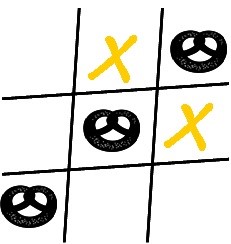
"On Saturday, January 12, 2019, I booked a themed tour for my school class, "Munich – Capital of Movement." The tour guide that day was Ms. Grit Ranft. I would like to take this opportunity to thank you very much for the friendly and competent tour. Ms. Ranft catered to the needs of the student group and included them in the tour at various times. She was able to answer questions competently, so that all students followed the tour with great concentration until the very end. Therefore, on behalf of the student group, I can only express my thanks and praise to Ms. Ranft for making the tour a truly interesting and informative tour. I can not only recommend her without reservation, but have already booked her again for the next excursion to Munich."
Stefan Breyer, History teacher at Ludwigsgymnasium Saarbrücken, review via Munich Tourism, January 2019
My tips for before and after our tour:
After this challenging tour, the students, in particular, deserve a change of pace – why not simply stop at the Eisbach surfers? We can even do that as a break during the tour! Those who would like to learn more about National Socialism can, of course, continue on to the Weiße Rose Memorial at the university to admire the atrium where the resistance group's leaflets were distributed in 1943. After this insight into "Munich – Capital of the Movement," a visit to the Dachau Concentration Camp Memorial provides a deeper insight into the terror of National Socialism.
Frequently asked questions:
What age is this tour suitable for?
Can this tour be shortened?
Can one also visit the former “Führerbau” from the inside?
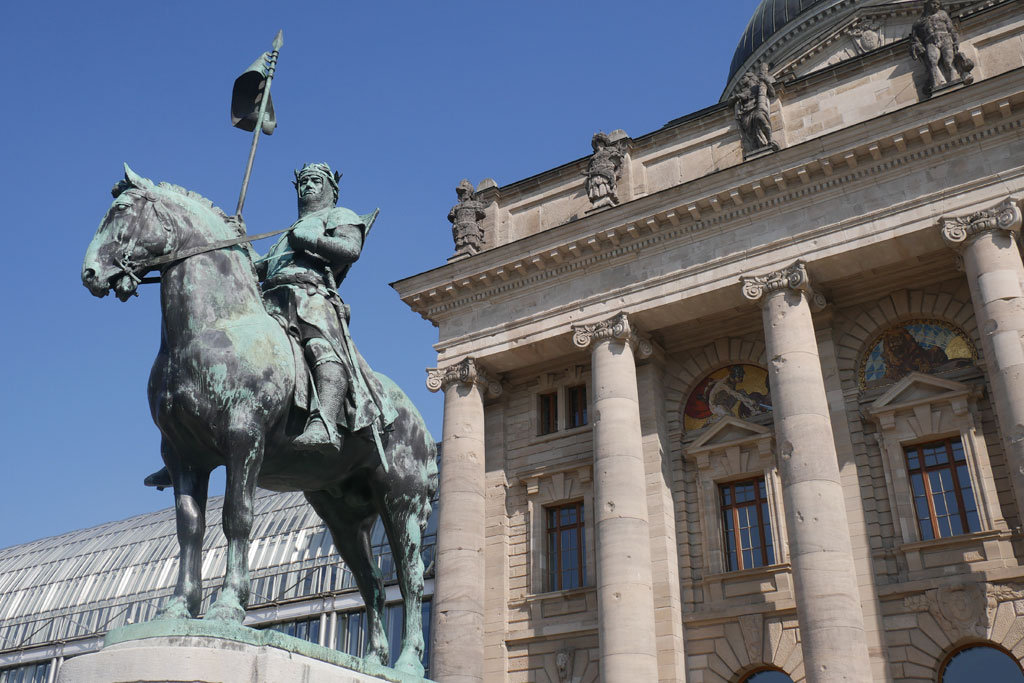
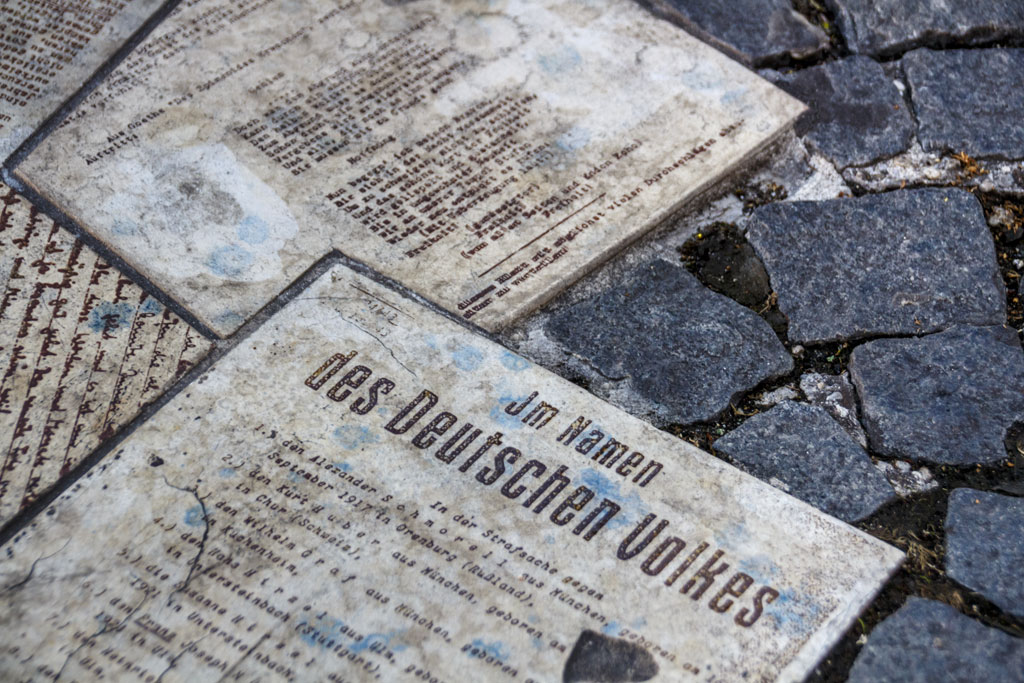
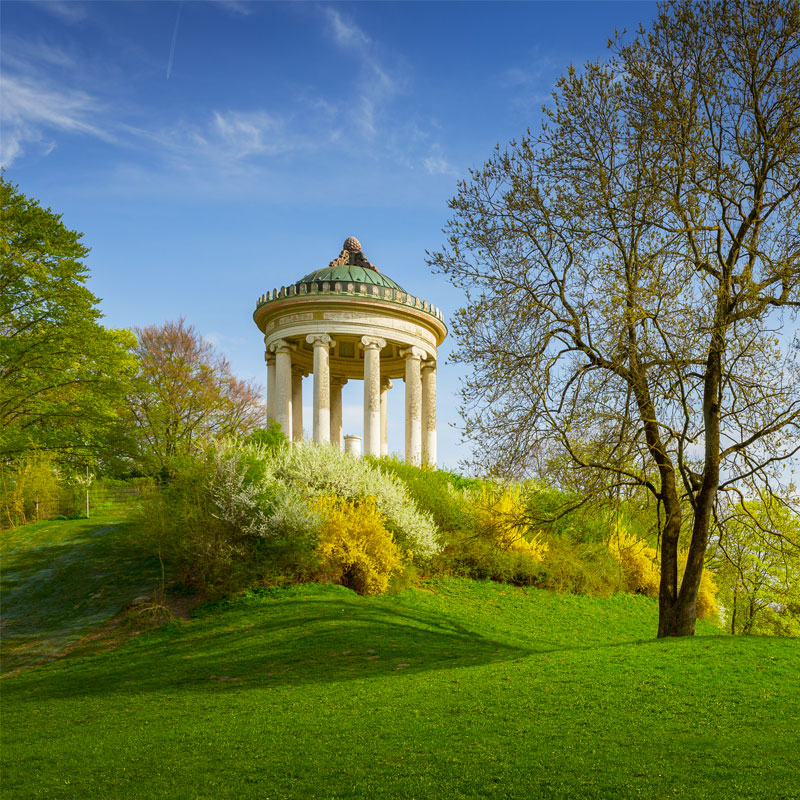
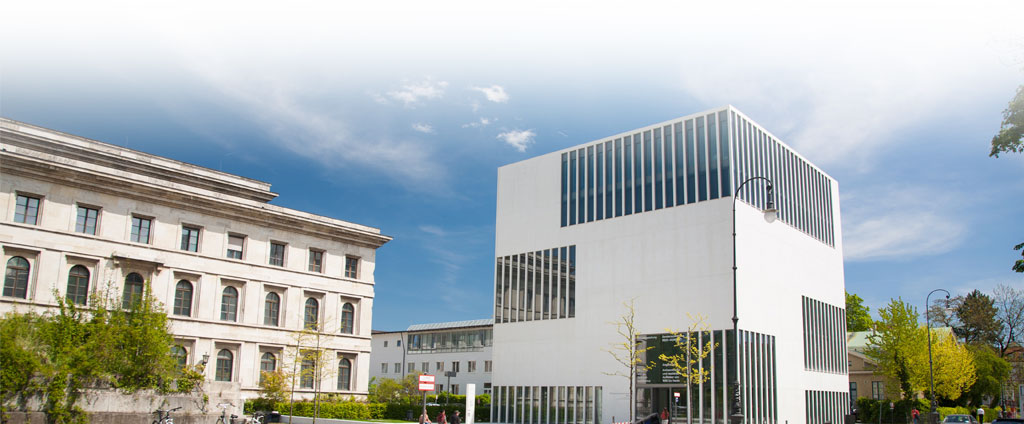
Still questions?
Write to me or just call me:
Grit Ranft
and the Dachau Concentration Camp Memorial
